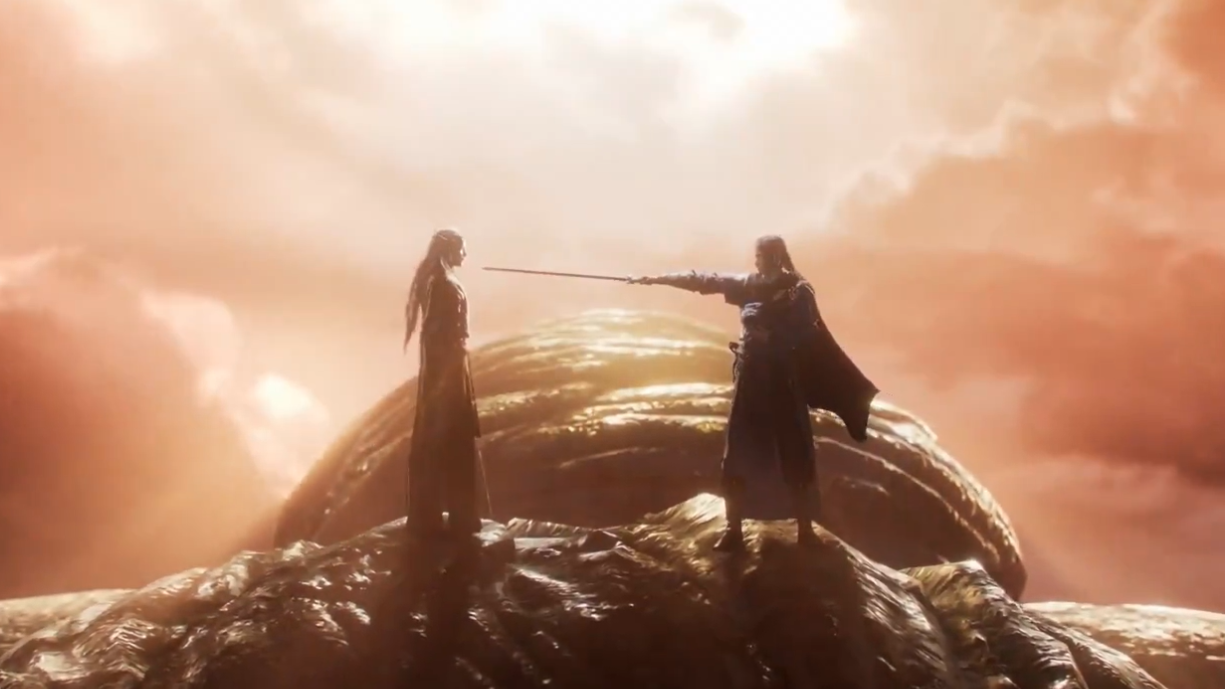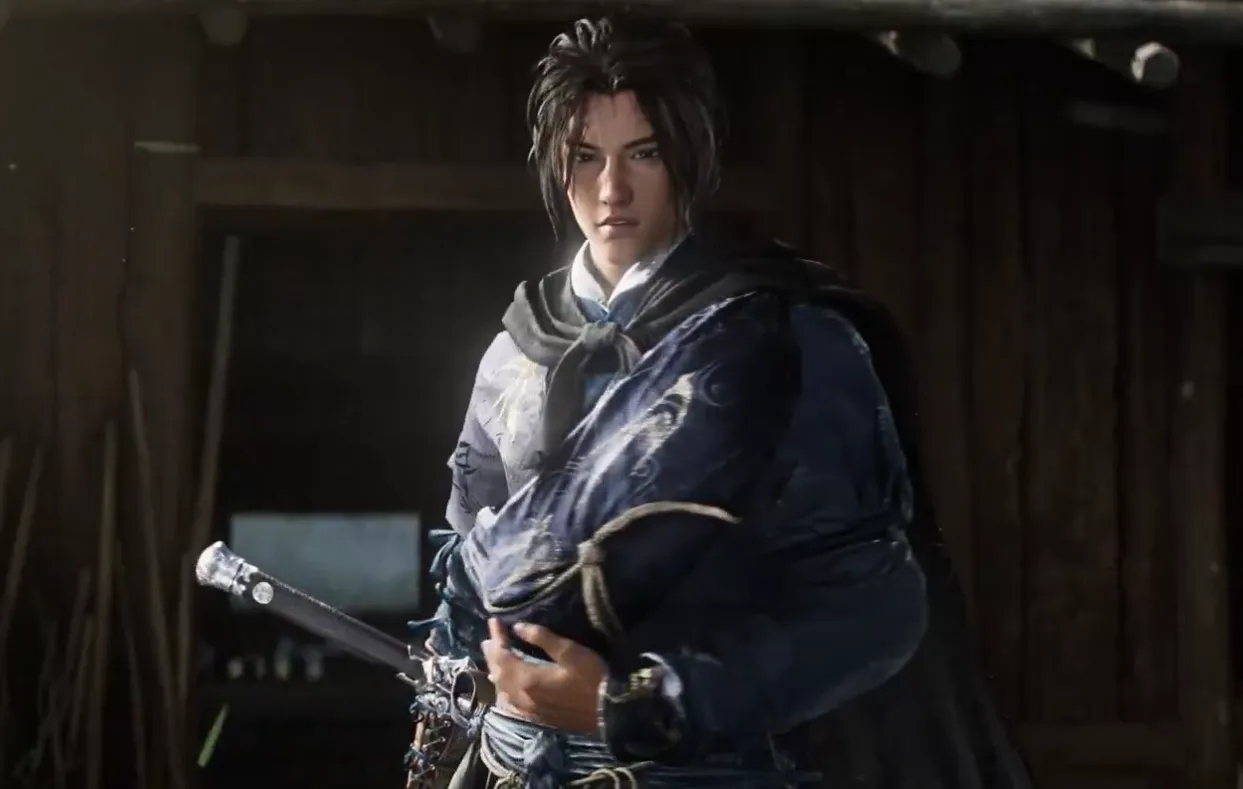Ghost Bind in Where Winds Meet is not about summoning spirits at all. It is a high-end crowd control Mystic Art that freezes multiple enemies in place by striking their vital energy points, echoing classic wuxia “pressure point” techniques.
Where Winds Meet Ghost Bind: what the skill actually is
Ghost Bind is an offensive Mystic Skill that deals area damage and locks enemies in place. In mechanical terms, it:
| Property | Effect |
|---|---|
| Skill type | Offensive Mystic Skill with area damage |
| Main function | Immobilizes up to 6 nearby enemies simultaneously |
| Secondary effect | Damages targets and breaks their Vital Points (Qi gauge) |
| Cooldown | Roughly 15 seconds between casts |
| Limitations | Does not work on powerful enemies or players |
In practice, you flash through a cluster of foes, and when the animation finishes, they are “bound” in place for a short window. During that window, they cannot move, giving you time to reposition, heal, or unload weapon martial arts while their Vital Points are exposed.
Ghost Bind is widely treated as one of the best PvE crowd-control Mystic Arts in the game because it combines three things at once:
- Reliable multi-target immobilization at close range
- Significant burst damage
- Heavy Vital Point (Qi gauge) break pressure
Those three elements are what make it feel dramatically stronger than early-game control tools such as Meridian Touch, which typically targets a single enemy at a distance.

Ghost Bind’s wuxia roots: “pressure points” and Qi meridians
The name and behavior of Ghost Bind draw directly from wuxia fiction and traditional Chinese medical concepts. Instead of conjuring literal ghosts, the move is based on the idea of striking meridian acupoints with pinpoint force to disrupt the flow of Qi.
| Concept | What it means here |
|---|---|
| Qi | Inner energy martial artists cultivate to perform superhuman feats. |
| Meridians | Energy channels through the body; combat analog of acupuncture pathways. |
| Acupoints | Specific nodes along meridians; striking them can disrupt movement. |
| “Dian Xue” / Dim Mak | Classic trope: touching or striking these points to paralyze or weaken an opponent. |
Ghost Bind effectively visualizes a character blitzing through enemies and tagging several of these acupoints in a fraction of a second. In wuxia terms, you are choking off their Qi along key meridians so their body locks up. They remain conscious but unable to act until the effect fades, which is why the move feels more like “petrification” than a simple stun.
Within the world of Where Winds Meet, the flavor text connects the art to Tushan Yun, one of the “Fourteen Phantoms” of the Ghost Market. Yun supposedly created Ghost Bind to immobilize both enemies and unwanted allies long enough to disappear without a trace. That backstory explains the “ghost” in the name: the practitioner vanishes like a phantom while their victims stand frozen.
How Ghost Bind compares to Meridian Touch and other Mystic Arts
Ghost Bind builds on ideas introduced by earlier Mystic Arts rather than replacing them outright. The closest comparison is Meridian Touch, a tool you pick up much earlier.
| Skill | Range / Targets | Main use | Notes |
|---|---|---|---|
| Meridian Touch | Ranged, one target with chance to immobilize | Single-target control, Qi break, NPC interactions | Excellent early crowd management but limited coverage |
| Ghost Bind | Close-range, up to 6 targets at once | Mass immobilization, burst damage, strong Qi break | Higher payoff with a longer cooldown and no effect on elite foes or players |
Ghost Bind functions as the “crowd control upgrade path” for PvE combat, especially when you are often surrounded. Where Meridian Touch isolates one priority threat from a distance, Ghost Bind halts the entire front line if you are willing to step into the thick of a fight.
In tiered Mystic Art rankings, Ghost Bind is consistently grouped alongside offensive standouts like Drunken Poet and Dragon’s Breath, rather than with pure utility skills. That placement reflects its mixed role: the art does substantial damage and breaks Vital Points while controlling the battlefield at the same time.
How to unlock Ghost Bind in Where Winds Meet
Ghost Bind isn’t available in the early Qinghe chapter. It becomes accessible only after you reach the city of Kaifeng and visit one of its more desolate districts.
| Requirement | Details |
|---|---|
| Region | Kaifeng |
| District | Forsaken Quarter (southeast part of the city) |
| Quest name | “Unwanted Hospitality” |
| Key NPC | Mysterious guest speaking through a window |
| Unlock method | Speak to the guest to learn the art, then demonstrate it by paralyzing men outside the building when prompted. |
The sequence is straightforward:
- Travel to Kaifeng and make your way to the Forsaken Quarter in the southeast.
- Approach the marked building and interact with the window to talk to the mysterious guest.
- Accept the “Unwanted Hospitality” task; the guest teaches you Ghost Bind as part of the interaction.
- Walk around to the men waiting outside and use the on-screen prompt to paralyze each of them with your new skill.
Once the small encounter plays out, Ghost Bind is permanently added to your Mystic Arts. You can then equip it in any offensive Mystic slot.
How Ghost Bind behaves in combat
On paper, Ghost Bind’s 15-second cooldown looks short for the amount of control it offers, but the art is balanced by a few deliberate limits. It does not affect powerful enemies or other players, and it demands that you commit to close range. Used correctly, however, it can reshape fights.
| Scenario | Why Ghost Bind helps |
|---|---|
| Fighting large groups of weaker mobs | Locks up to six at once, preventing you from being surrounded while you focus down priority targets. |
| Setting up weapon martial arts | Frozen enemies cannot dodge or parry, making combo strings and heavy attacks much safer. |
| Breaking Qi gauges quickly | The Vital Point break effect accelerates stagger buildup, setting enemies up for executions or high-damage follow-ups. |
| Buying time to heal or reposition | Immobilized foes give you a clear window to drink, swap weapons, or retreat to a more favorable spot. |
Because the art is ineffective against elite targets and players, it shines most in story encounters, world exploration skirmishes, and general PvE content where group composition is mixed. It is less about trivializing bosses and more about controlling the battlefield around them.
Best ways to combine Ghost Bind with other Mystic Arts
Ghost Bind becomes even stronger when paired with Mystic Arts that exploit immobilized targets or cover what it cannot do.
| Combination | How it works | Benefit |
|---|---|---|
| Ghost Bind + Dragon’s Breath | Use Ghost Bind to freeze enemies in front of you, then step back slightly and cast Dragon’s Breath to sweep fire across the helpless group. | Reliable area burst damage with ignition on targets that cannot evade. |
| Ghost Bind + Drunken Poet | Immobilize several foes, then weave into the group and unleash Drunken Poet’s multi-hit combo while they are unable to retaliate. | Maximizes melee damage output during the short control window. |
| Ghost Bind + Heavenly Snatch | Bind melee enemies, then disarm one with Heavenly Snatch and throw their weapon through the immobilized cluster. | Adds ranged burst to a group that is already locked down, using their own weapons against them. |
| Ghost Bind + mobility skills (Cloud Steps, lightness skills) | Engage from range, cast Ghost Bind as you flash in, then immediately reposition with a mobility art while enemies remain frozen. | Lets you benefit from control without staying in danger for the entire duration. |
Because Ghost Bind’s cooldown is relatively short, you can build your entire rotation around it: dive in, bind, execute a damage combo, disengage, and repeat once it comes back up. The main constraint is Qi and vitality management, especially if you are also running high-cost arts like Dragon’s Breath.
Lore detail: Tushan Yun and the Ghost Market
Ghost Bind’s description ties it to Tushan Yun, a member of the “Fourteen Phantoms” who serve as legendary figures within the Ghost Market underworld. Yun is described as someone who disliked dealing with people so intensely that he engineered a way to stop them from moving altogether. Ghost Bind was his escape hatch: immobilize everyone in the room, then leave before they can say a word.
That narrative background reinforces how the move is meant to feel. It is not just a stun; it is a surgical interference with another person’s Qi flow, leaving them fully aware but unable to act until you are long gone. On the player side, it becomes a tool for controlling chaos in much the same way—turning noisy, crowded fights into orderly opportunities while you decide what to do next.
Ghost Bind sits at the intersection of Where Winds Meet’s combat design and its wuxia inspirations. It translates the classic “touch a pressure point and your opponent can’t move” fantasy into a usable, cooldown-based skill that dramatically improves crowd control once you reach Kaifeng. If you enjoy fighting groups more than dueling single bosses, it is one of the most impactful Mystic Arts to prioritize as soon as the Forsaken Quarter opens up.


